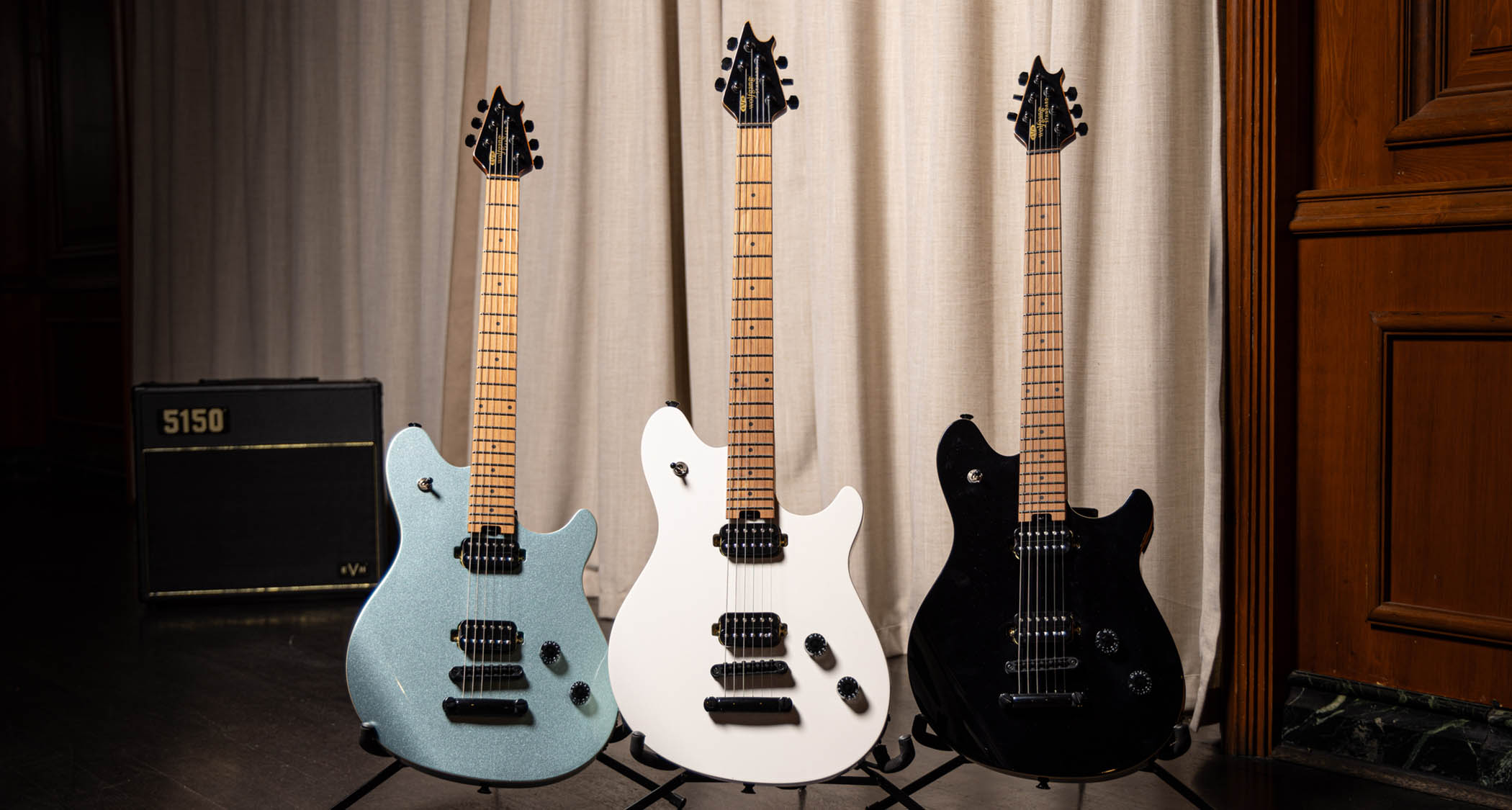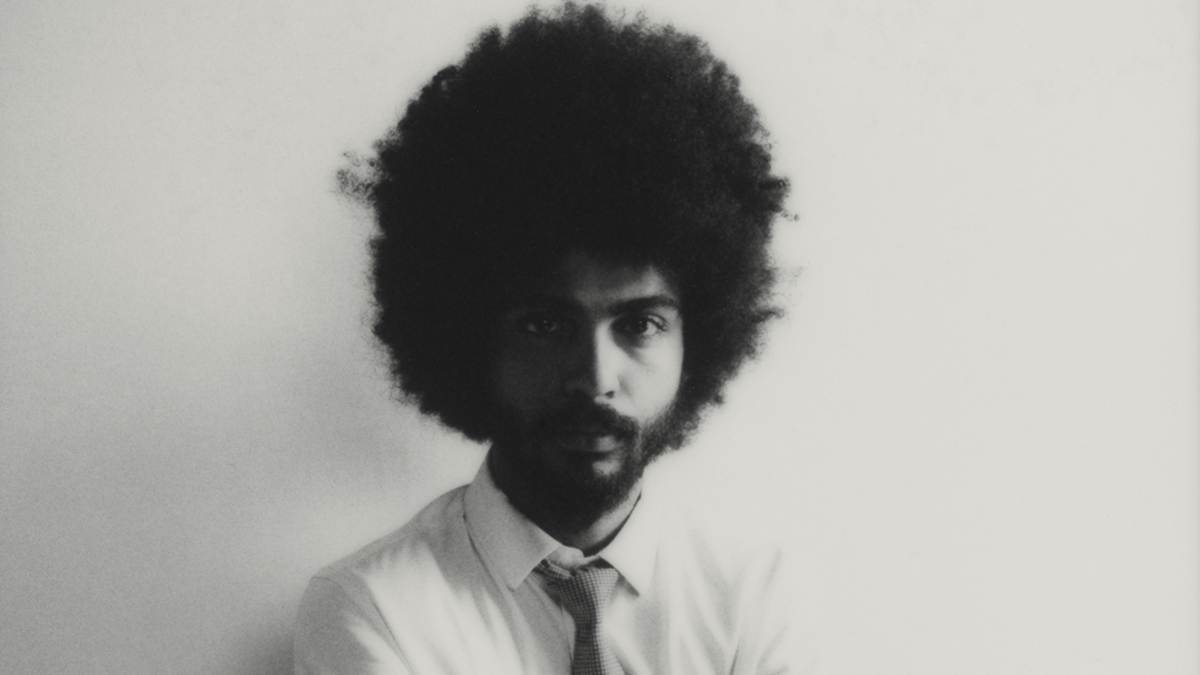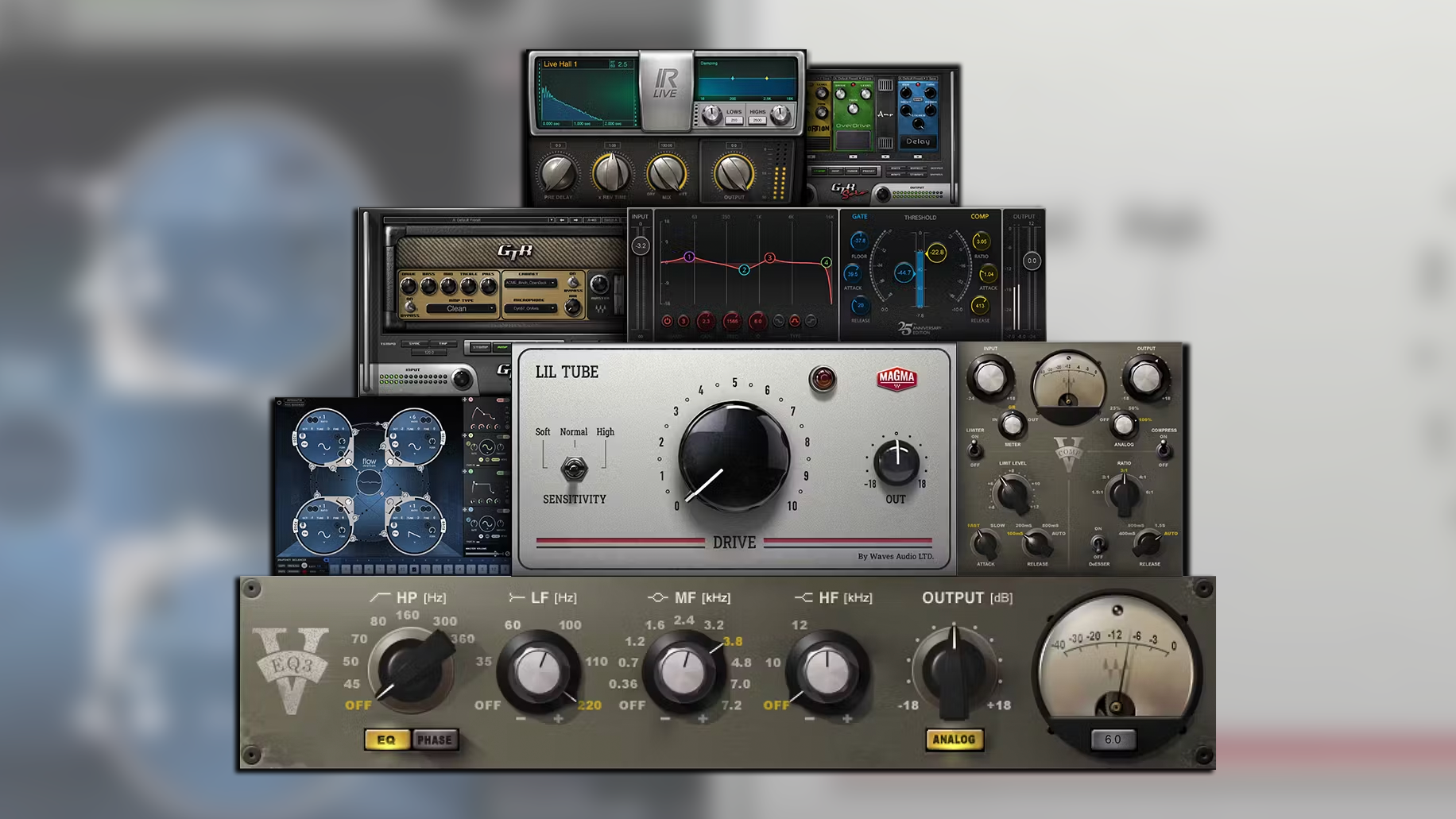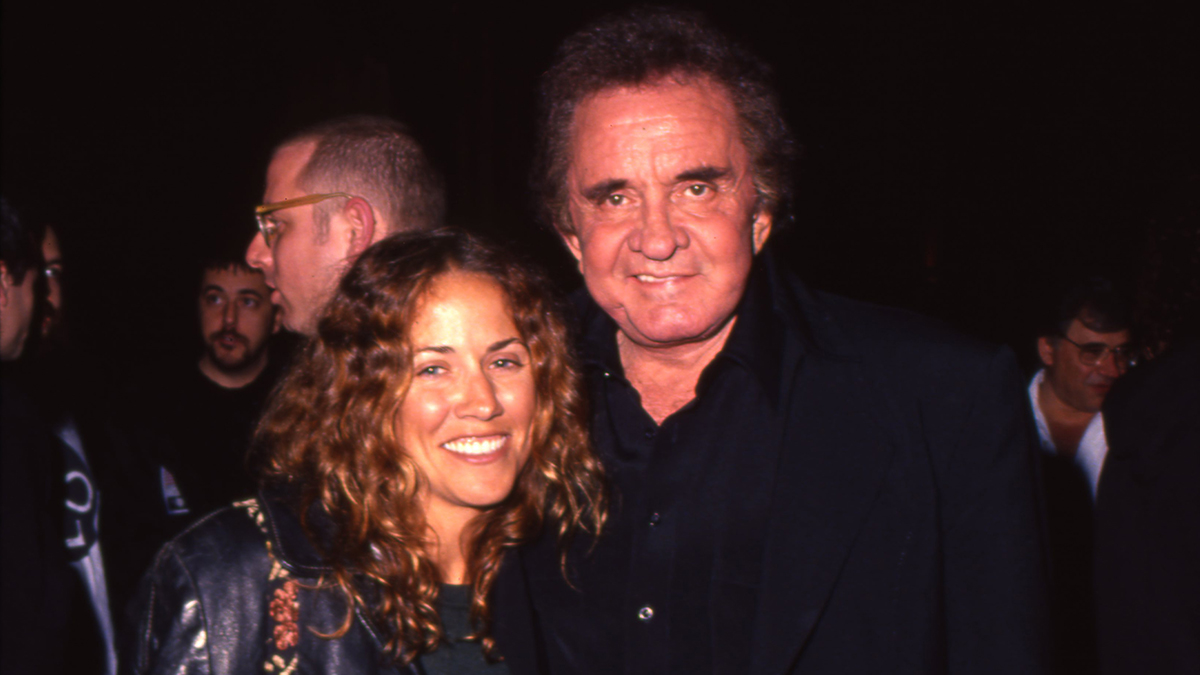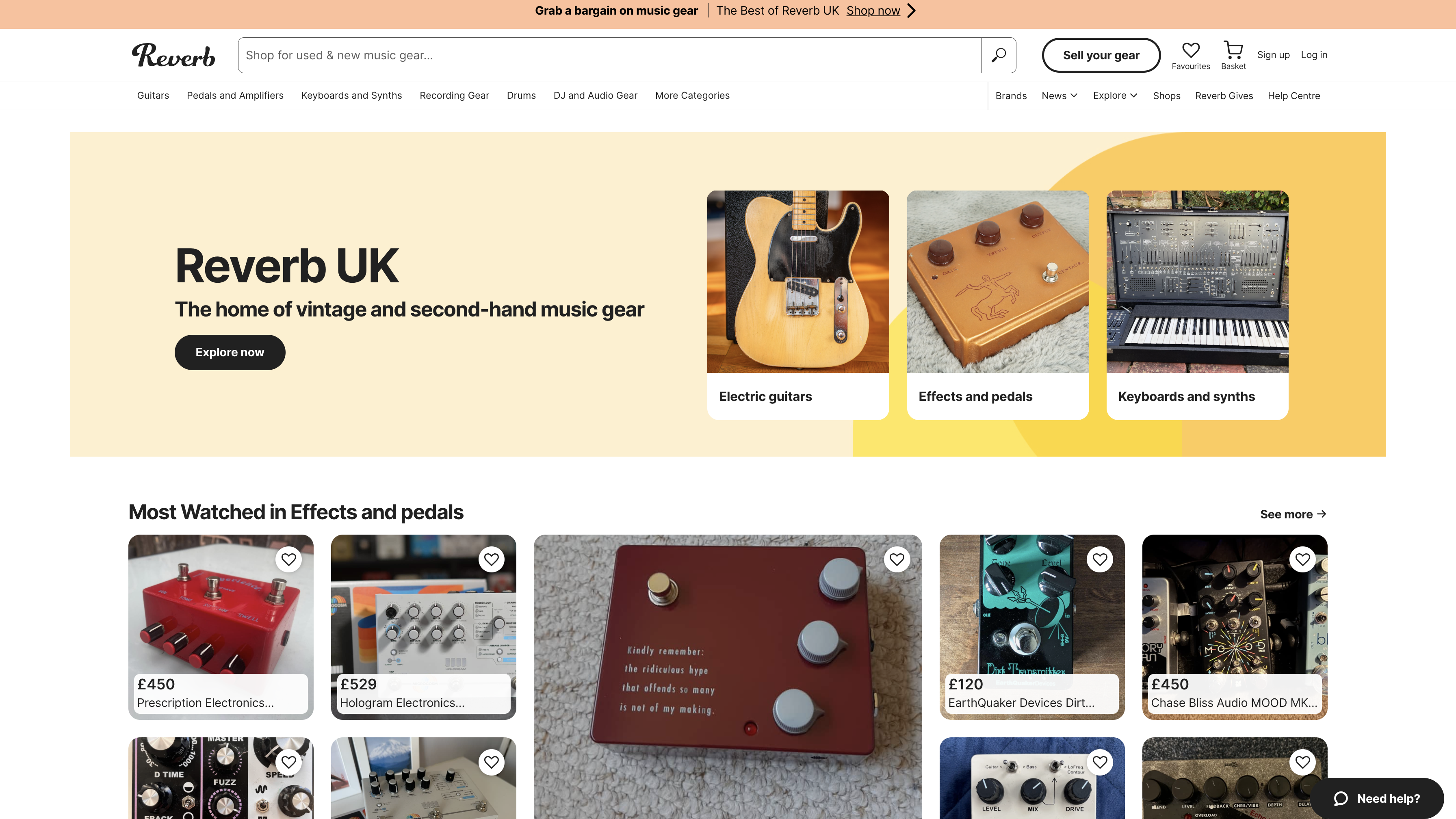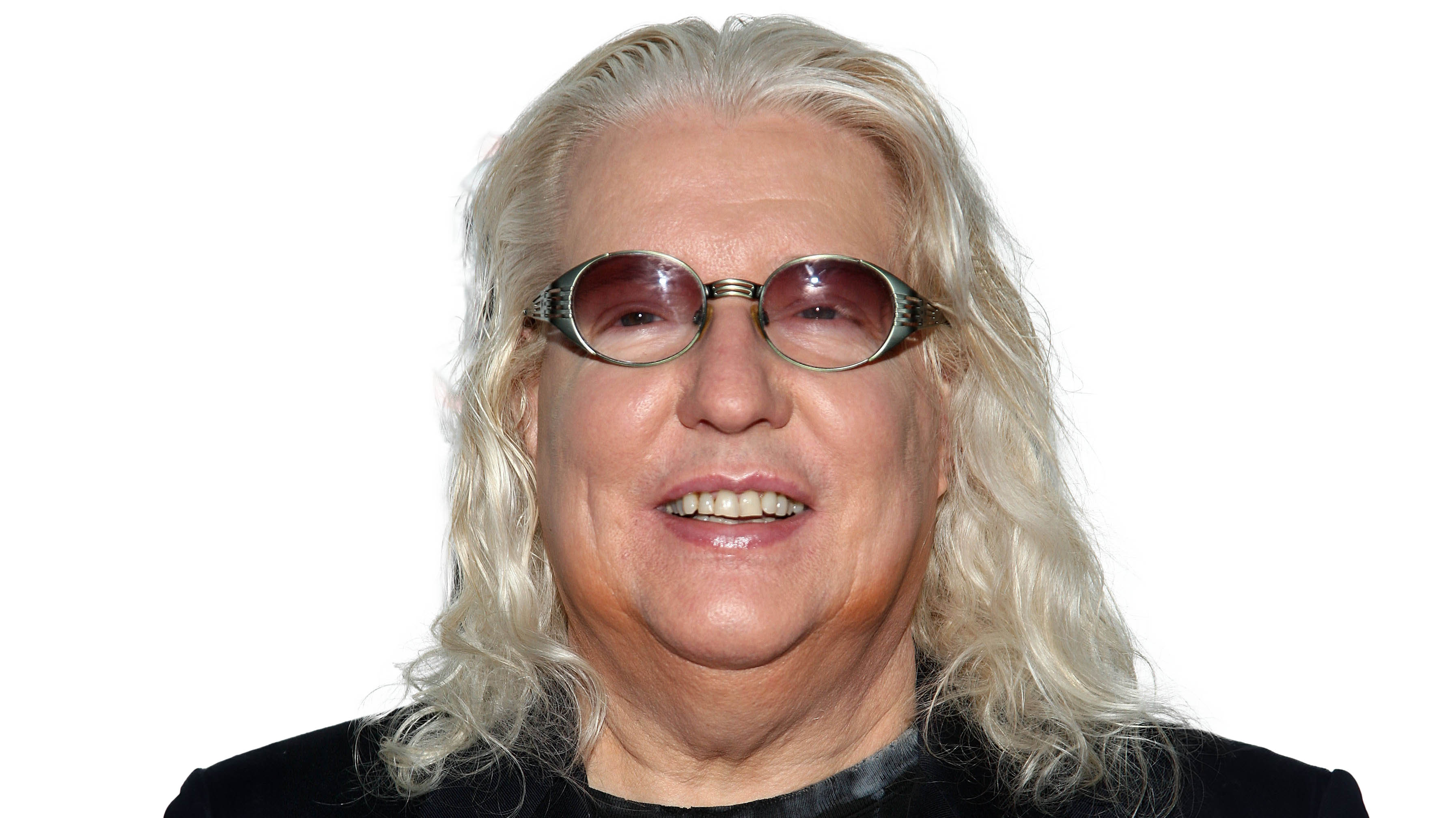NAMM 2025: “A more versatile and professional instrument for those looking for the unique rubber bridge sound”: Orangewood unveils Seymour Duncan-equipped Juniper II acoustic and baritone rubber bridge acoustics
For all your indie-folk needs, the new and improved Juniper II: now with a splittable Seymour Duncan Hot Rails pickup and a baritone option for low-end plunk
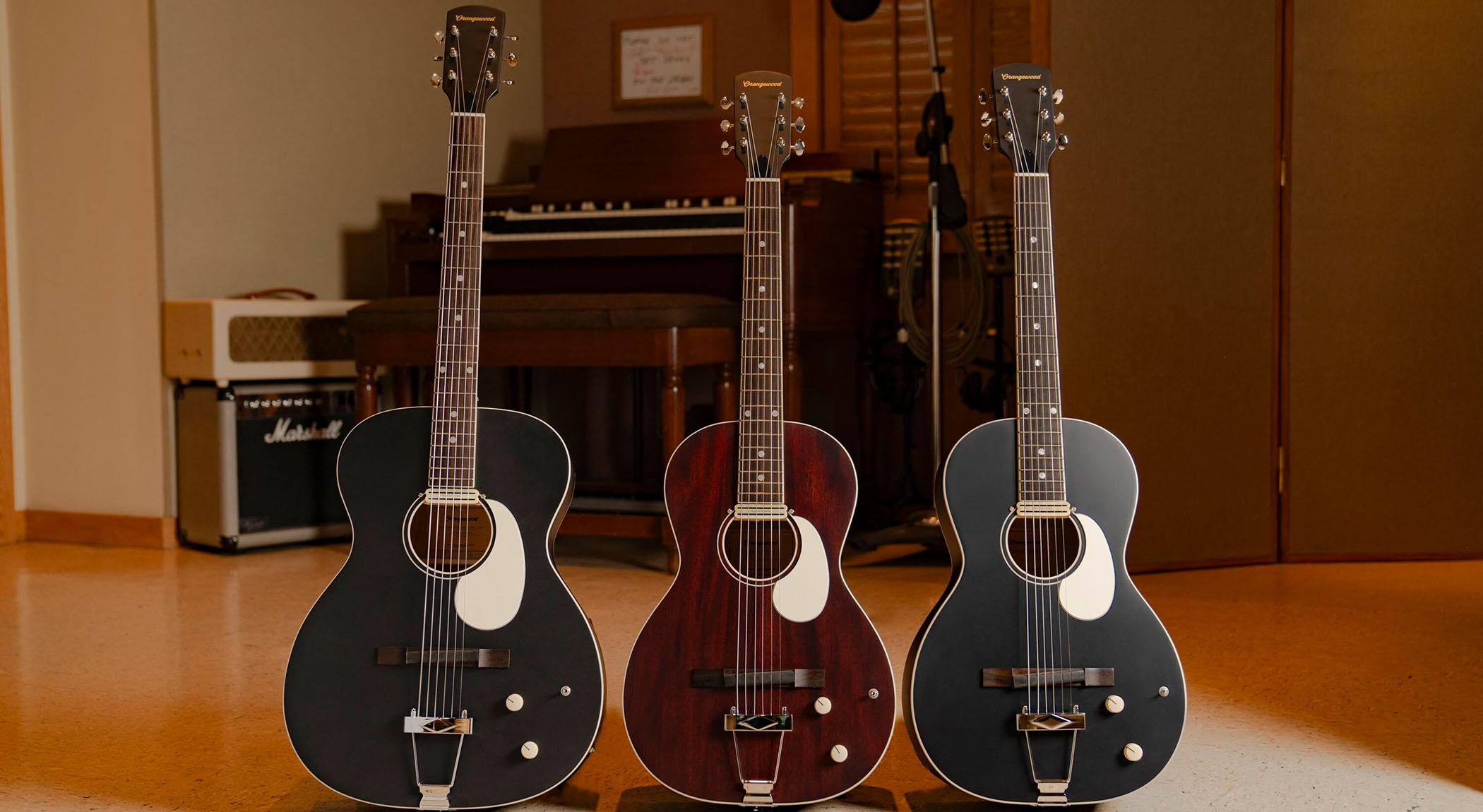
NAMM 2025: Orangewood’s Juniper range of rubber-bridged acoustic electric guitars was such a big success there was no doubt that it deserved a sequel, and by popular demand, the Juniper II series now includes a baritone acoustic.
Out of nowhere, popularised by Phoebe Bridgers – and a legions of Tik Tok guitarists with elastic bands wrapped around their strings for a similarly muted effect – the rubber-bridge guitar presented a new sound for indie-folk and alt-rock players to get creative with.
Orangewood duly launched the Juniper, a $395 parlour-sized acoustic guitar that sold out and was a smash hit, with its Jim Dandy-esque aesthetic and that tone from the rail-style electric guitar pickup at the top of the soundhole. It was a great acoustic guitar for under $/£500.
The Juniper was no gimmick; it sounded great, but Orangewood has made a number of improvements to the design that make the Juniper II a more serious instrument. Orangewood says Juniper II is “a more versatile and professional instrument for those who are looking for the unique rubber bridge sound”.
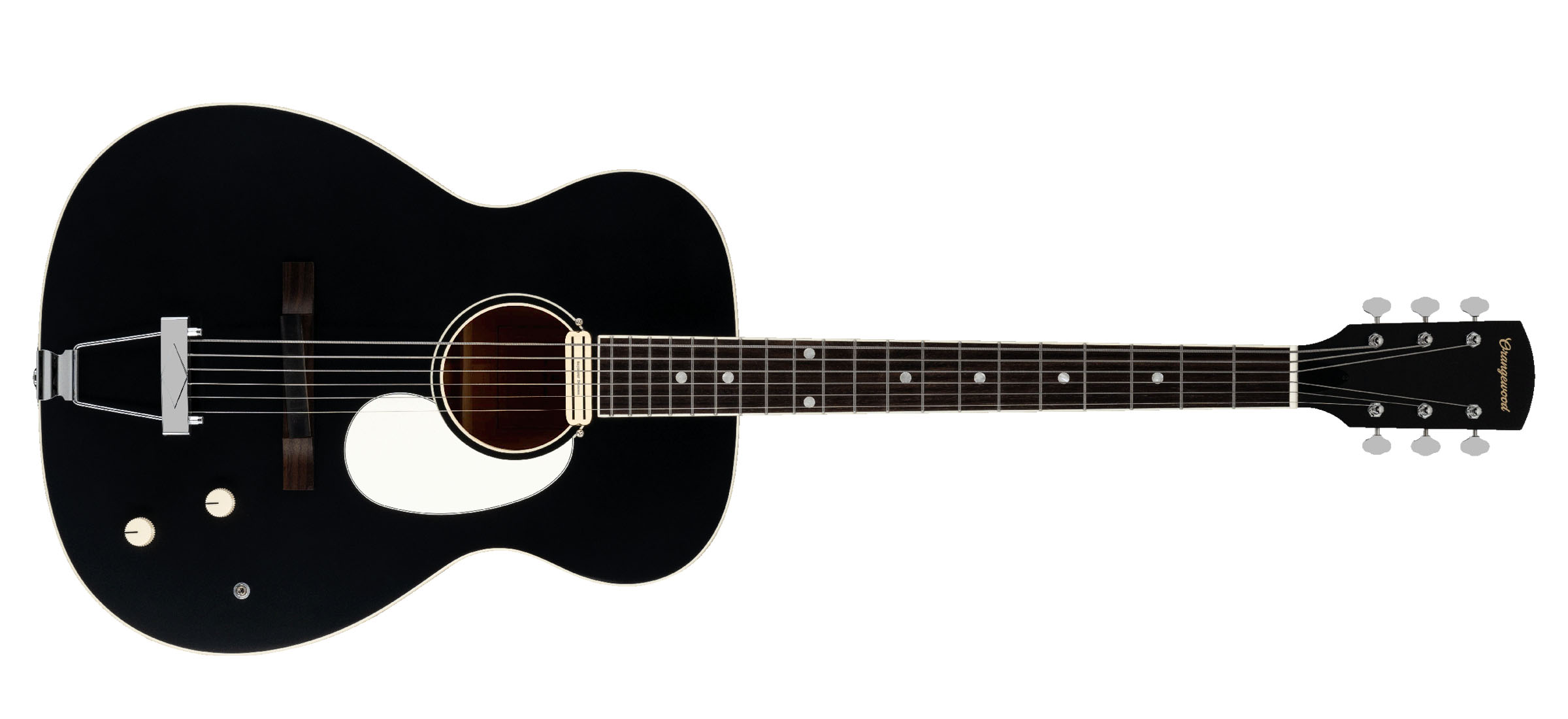
The headline upgrade is the pickup. After testing a number of different magnetic pickups for the soundhole Orangewood decided on the Seymour Duncan Hot Rails, a single-coil sized humbucker you would more commonly see on a hotrodded Fender Stratocaster.
Furthermore, there is a coil-splitter switch, giving you full-fat humbucker and single-coil sounds, and there are volume and tone controls, too.
Orangewood also added a baritone version, which super-sizes the scale to 27” and modestly enlarges the body to a non-cutaway Grand Concert shape. This sounds like it could be a lot of fun with some spring reverb and a tube amp.
Get the MusicRadar Newsletter
Want all the hottest music and gear news, reviews, deals, features and more, direct to your inbox? Sign up here.
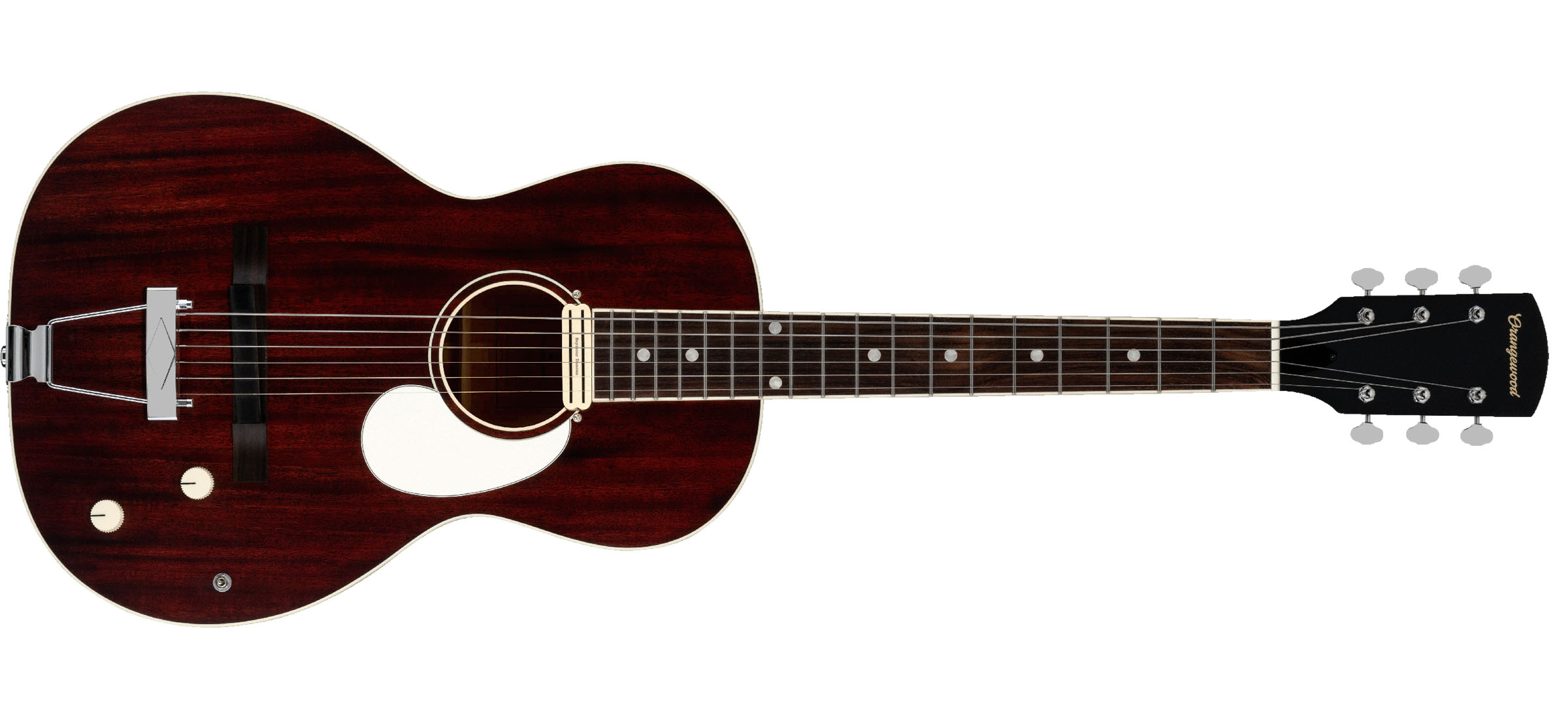
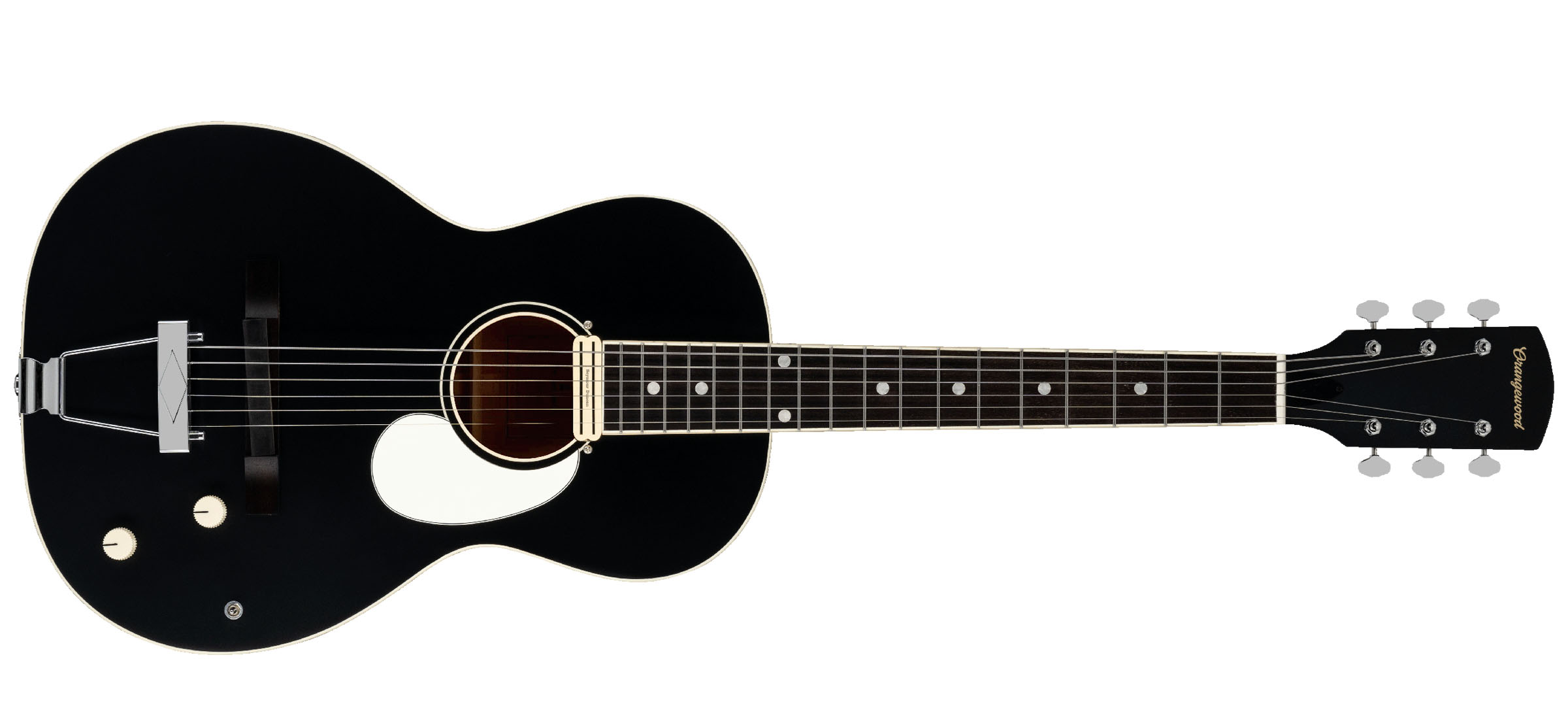
Both arrive with similar builds, with the choice of solid spruce or mahogany tops, and layered sapele on the back and sides. There is reinforced non-scalloped X-pattern bracing under the soundboard. Both versions just presume that you will not be trying to get those digits right up to the summit of the fingerboard, with the necks joining the body at the 12th fret.
Rubber-bridge guitars might be a 21st-century trend but these look mid 20th century at most, like pristine vintage foundlings plucked from a pawnshop and pimped up for the modern player. Just look at 'em; you’ve got over-sized dot inlays, a diamond trapeze tailpiece and Grover open-gear tuners.
Even the pickup controls are from yesteryear – those cupcake-style knobs you might see on an old Fender amp. They look pretty neat, matching the pickguards and adding a bit of contrast to the finishes.
A post shared by Orangewood Guitars (@orangewoodguitars)
A photo posted by on
The Juniper II ships in a gig bag and with a set of Ernie Ball flatwound acoustic guitar strings because flatwounds make much more sense on a guitar that’s all about giving acoustic tone a different timbre.
Priced $645, the Juniper II will be available from February. See Orangewood Guitars for more details.
Jonathan Horsley has been writing about guitars and guitar culture since 2005, playing them since 1990, and regularly contributes to MusicRadar, Total Guitar and Guitar World. He uses Jazz III nylon picks, 10s during the week, 9s at the weekend, and shamefully still struggles with rhythm figure one of Van Halen’s Panama.
“It’s honestly got me thinking hard about adding one to my own studio set up”: Two Notes Reload II review
“Gloriously adorned with a gold edge burst finish over a gold paisley and sparkle top”: Gretsch unveils the Paisley Penguin – a rare bird that growls – and the Honey Dipper Special, a resonator for all your roots rock manoeuvres

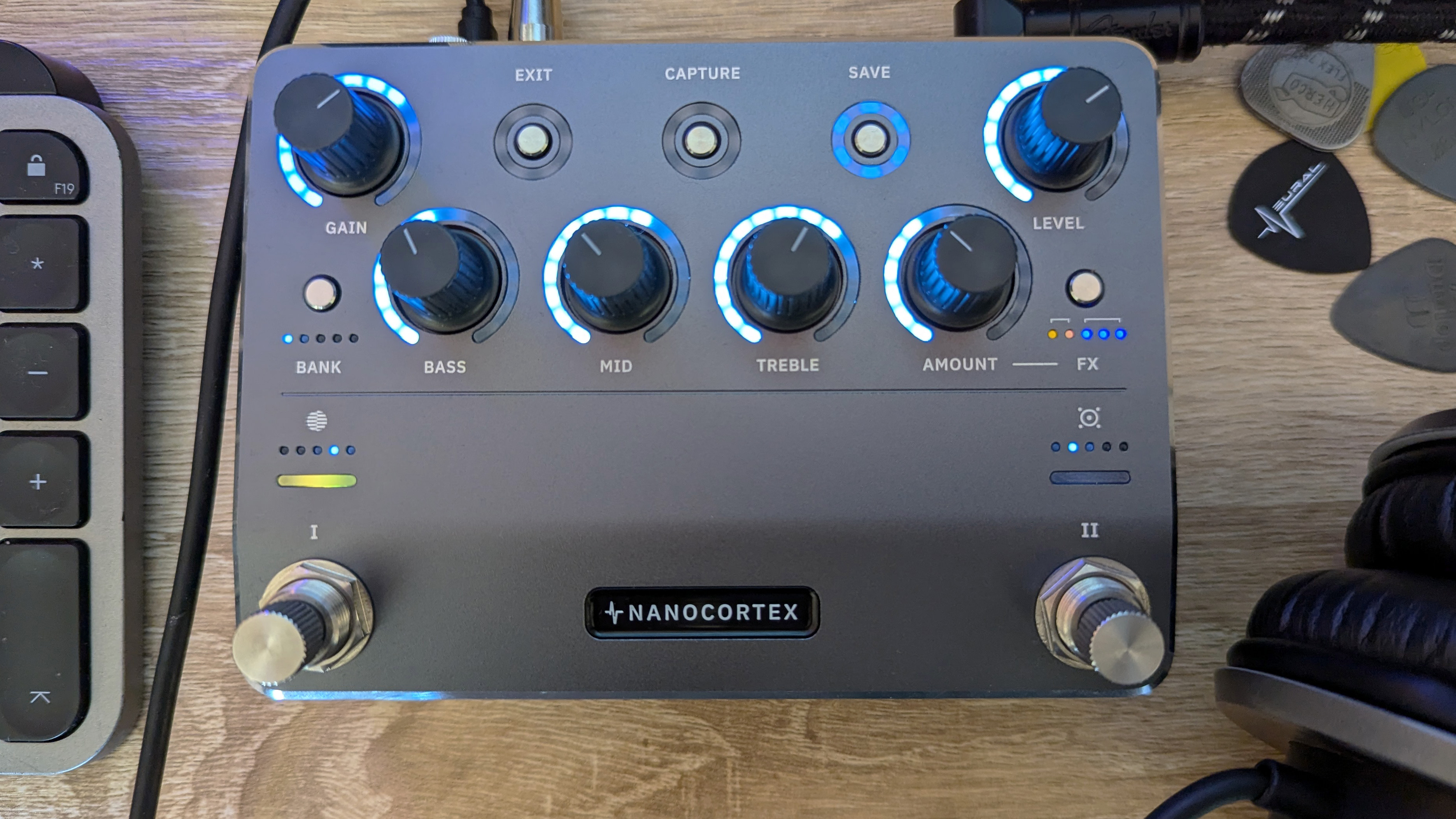
![Gretsch Limited Edition Paisley Penguin [left] and Honey Dipper Resonator: the Penguin dresses the famous singlecut in gold sparkle with a Paisley Pattern graphic, while the 99 per cent aluminium Honey Dipper makes a welcome return to the lineup.](https://cdn.mos.cms.futurecdn.net/BgZycMYFMAgTErT4DdsgbG.jpg)
